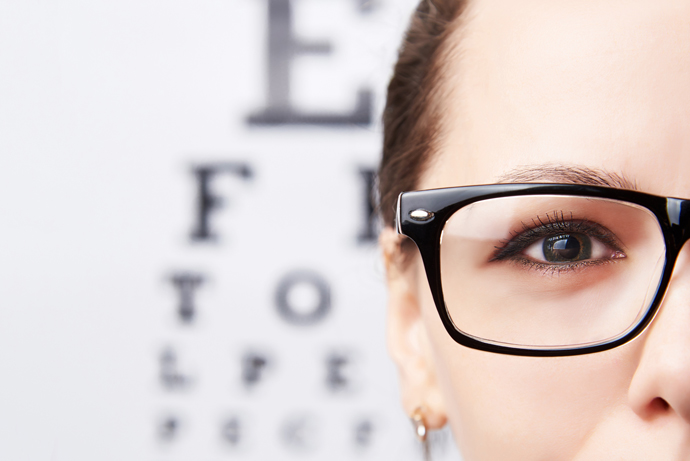
In a world first, a team of Japanese scientists has managed to repair a damaged cornea using induced pluripotent stem cells (iPSCs). The process may be used to restore vision to millions of people who have damaged corneal tissue.
What is the cornea?
The cornea is a transparent layer on the front of the eye. Its primary role is to protect the other parts of the eye from being damaged by germs, dirt, and other contaminants.
The cornea contains stem cells, which actively repair the cornea as needed and ensure it remains clear.
Unfortunately, if the cornea’s stem cells are damaged or compromised in some way, they will not successfully repair the cornea after it is damaged. In some cases, the cornea is so damaged that stem cells struggle to repair it.
People with severely damaged corneas must receive a corneal transplant to have their vision fully restored. In many cases, patients must wait several years to find an appropriate donor cornea.
Using iPSCs to restore vision
The Japanese research team treated a patient who suffers from a genetic condition that affects how well their corneal stem cells function. The patient was currently suffering from blurry vision, which would eventually cause blindness.
The researchers harvested cells from the patient, before converting them to iPSCs. From this ‘pluripotent’ state, stem cells can turn into any other cell type, including corneal cells.
The researchers used chemical signals to prompt the iPSCs to turn into corneal cells before being transplanted. Because the cells come from the patient’s own body, there is no risk of immune system rejection.
Researchers are very excited about the many potential uses of stem cells. They believe that stem cells will be used to treat many injuries and diseases which affecting other parts of the human body, including the brain, heart, skin, liver, and lungs.
Source: World first: Doctors use ‘reprogrammed’ stem cells to repair cornea
{{cta(‘d62560c2-336a-4f88-9683-44a37a5bd7fd’)}}


